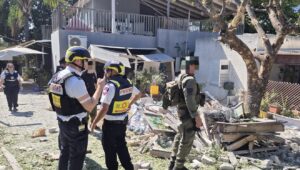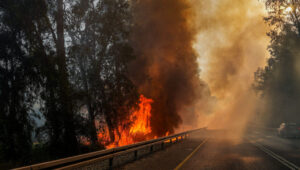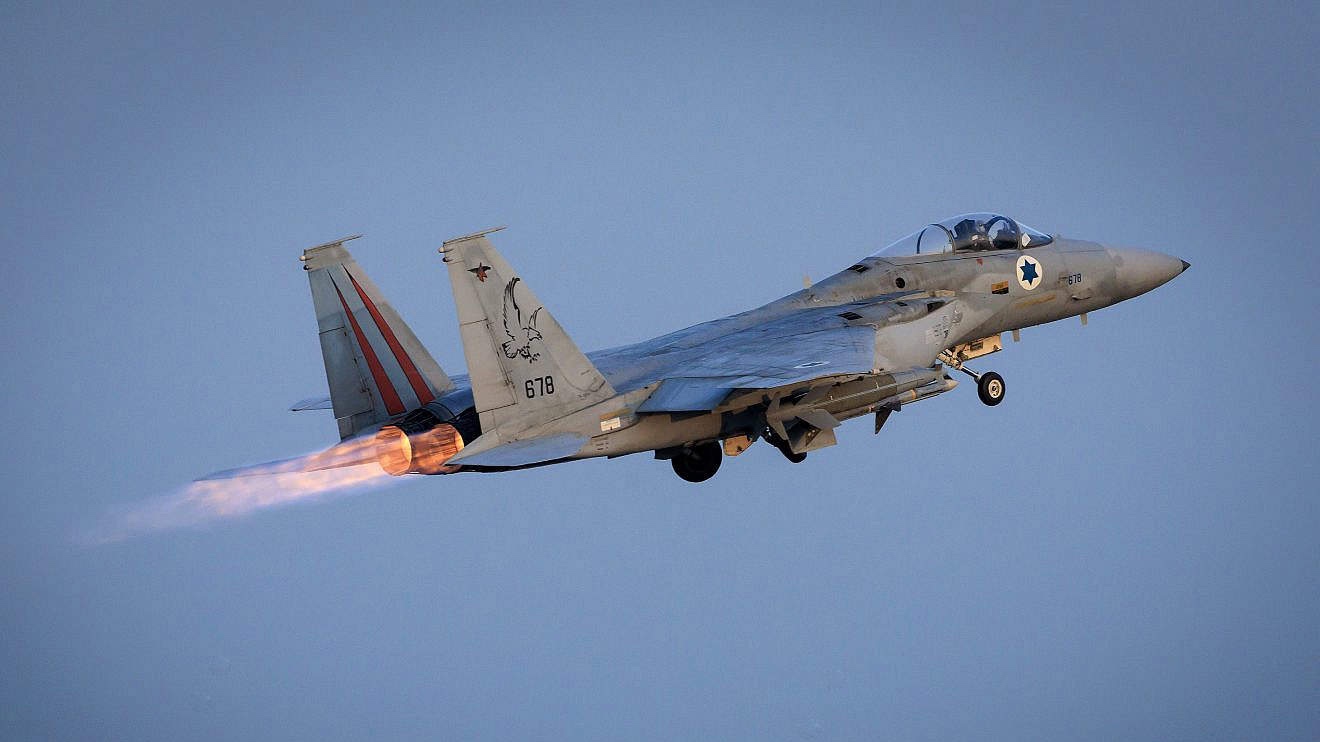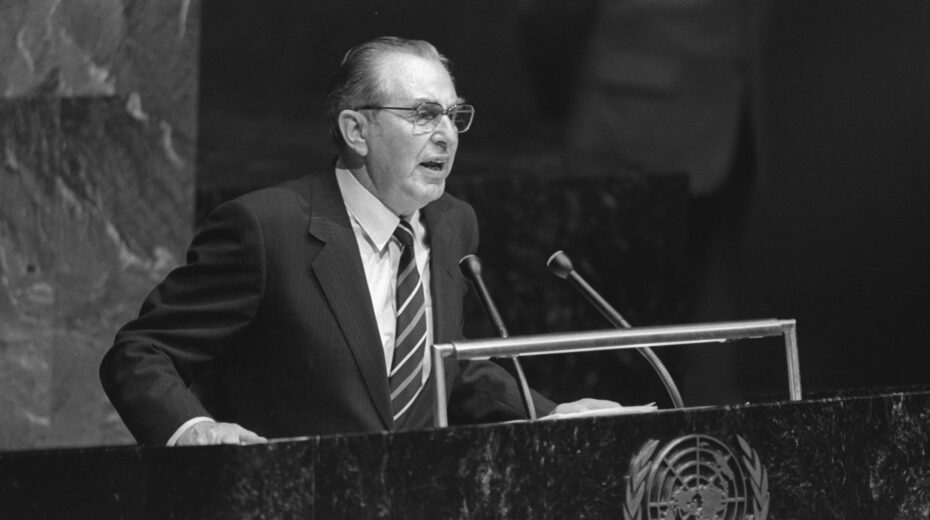The tense calm along the Israeli-Lebanese border was shaken once more on Thursday. The Israeli Air Force attacked several military sites belonging to the Shiite terrorist organization Hezbollah in southern Lebanon, and according to the army, “deliberately destroyed” them. The IDF spoke of rocket launch sites, weapons depots, and observation posts that had recently been reinforced again in preparation for new attacks.
“These activities clearly violate the agreements between Israel and Lebanon,” the army stated. For weeks, intelligence data had indicated that Hezbollah was once again stockpiling weapons and building strategic infrastructure in demilitarized zones – despite the binding obligation to fully disarm.
One year after the ceasefire: Growing international pressure
Yesterday marked the first anniversary of the ceasefire between Israel and Lebanon, which took effect on November 27, 2024. The agreement, brokered by five states including the United States, demanded the complete demilitarization of southern Lebanon and the disarmament of the Hezbollah militias.
But the opposite has happened.
“Instead of disarming, Hezbollah used the year to rearm itself with Iranian help,” IDF spokesperson Lt. Col. Nadav Shoshani said on Thursday. The tone from Jerusalem is hardening, not least due to a new diplomatic signal from Washington.
According to information from diplomatic circles leaked to the Israeli press, the US government under President Donald Trump has given Beirut a clear deadline: By December 31, the Lebanese government must take steps to disarm Hezbollah. If not, Beirut itself will bear responsibility for the consequences – a formulation that could provide Israel with political backing for further military measures.
Hezbollah’s rebuilding – and Israel’s systematic counterstrikes
While the Lebanese government remains largely paralyzed and UNIFIL has been reporting “restrictions” on its freedom of movement for months, Hezbollah operates almost unhindered.
Israel responds with a combination of airstrikes, covert operations, and targeted incursions into depopulated border villages that the militia had previously used as operational zones.
That the situation could escalate again was already evident at the beginning of the week: On Sunday, the IAF eliminated Hezbollah’s “Chief of Staff” Haytham Ali Tabatabai in Beirut. The strike – internally dubbed “Black Friday” – was the first attack on the Lebanese capital since July and hit the organization’s number two directly below Secretary General Naim Qassem.
Shortly thereafter, Prime Minister Benjamin Netanyahu renewed his appeal to Beirut: “I expect the Lebanese government to fulfill its commitment and disarm Hezbollah,” he said. Only then can southern Lebanon become a stable region – and only then are “peaceful neighborly relations even conceivable.”
Analysis: A fragile balance
Despite the ceasefire, an unstable stalemate prevails along the northern border. Hezbollah avoids direct counterstrikes to prevent fully abrogating the formal agreement – but behind the scenes, the militia is preparing for the next round. Israel, in turn, strikes selectively to prevent massive rearmament.
Several Israeli security analysts are already warning: If Hezbollah maintains its current pace, these preventive airstrikes could soon lead to an open military confrontation – similar to the clash in the fall of 2024, which only ended after two months and massive losses.
For many in Jerusalem, it is clear: The current phase may be just the calm before the next storm.
Want more news from Israel?
Click Here to sign up for our FREE daily email updates














